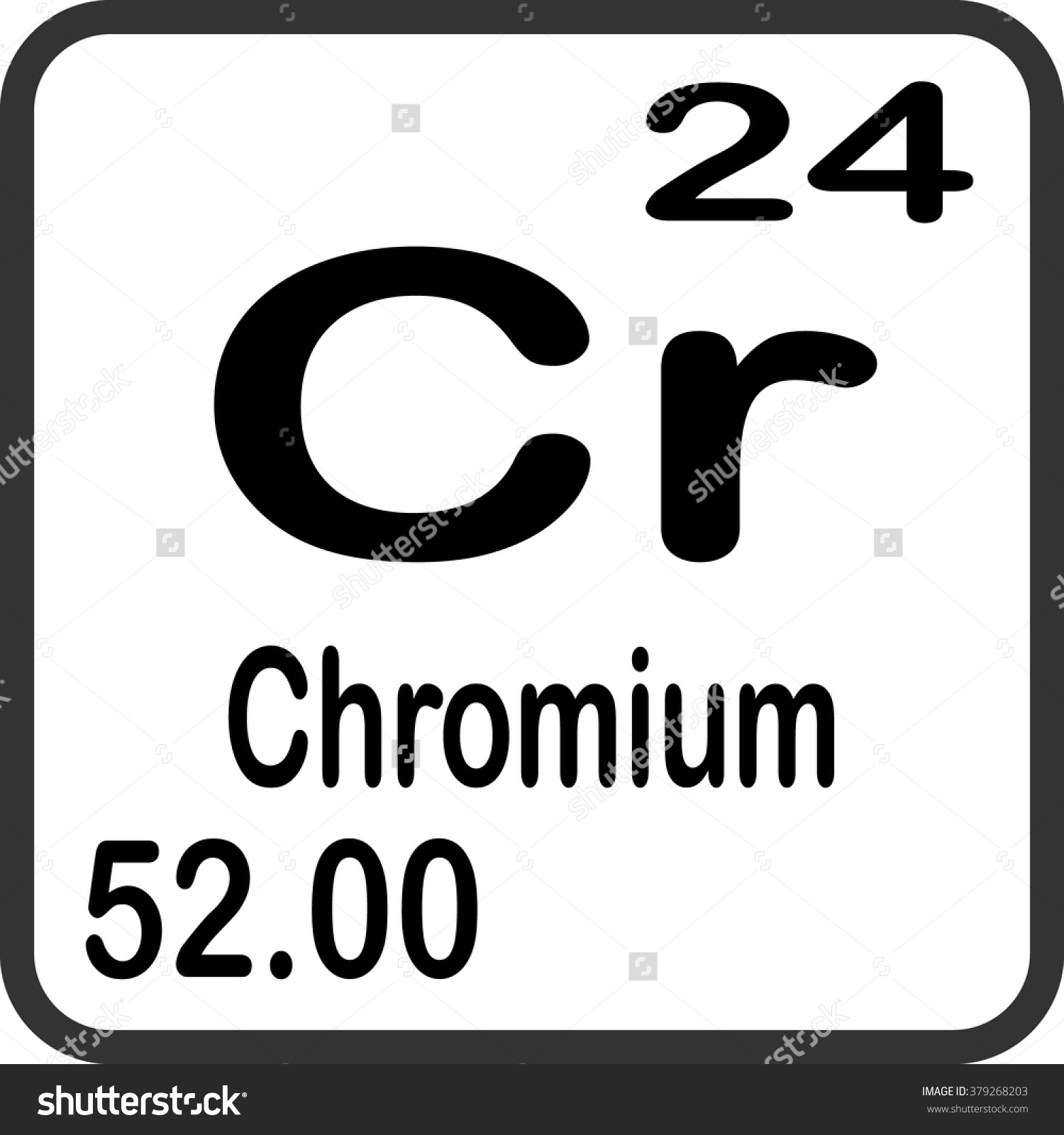How do you determine the atomic mass of an element?
2 Answers
I can think of only two good ways to determine the atomic mass of an element.
Explanation:
Most naturally-occurring elements consist of mixtures of isotopes, so you can't just add the masses of the protons and neutrons in a single atom.
1. The easy way
Look up the atomic mass in the Periodic Table.

(Adapted from http://www.ptable.com/)
For example, the atomic mass of Cl is 35.45 u.
2. The harder way
Take the weighted average of the atomic masses of the element's isotopes.
In a weighted average, we multiply each value by a number representing its relative importance (its percentage as a decimal fraction).
For example, chlorine consists of 75.78 % chlorine-35 (atomic mass 34.97 u) and 24.22 % chlorine-37 (atomic mass 36.97 u)
The atomic mass of chlorine is 35.45 u.
Please read the following information below.
Explanation:
To find the molar mass of an element,
all you need to have is a periodic table.
The molar mass is the same thing as the atomic mass on the periodic table.
For example, let's look at Chromium. (Image below)

You can identify the atomic mass right away, 52.
Therefore, the molar mass of Chromium is


